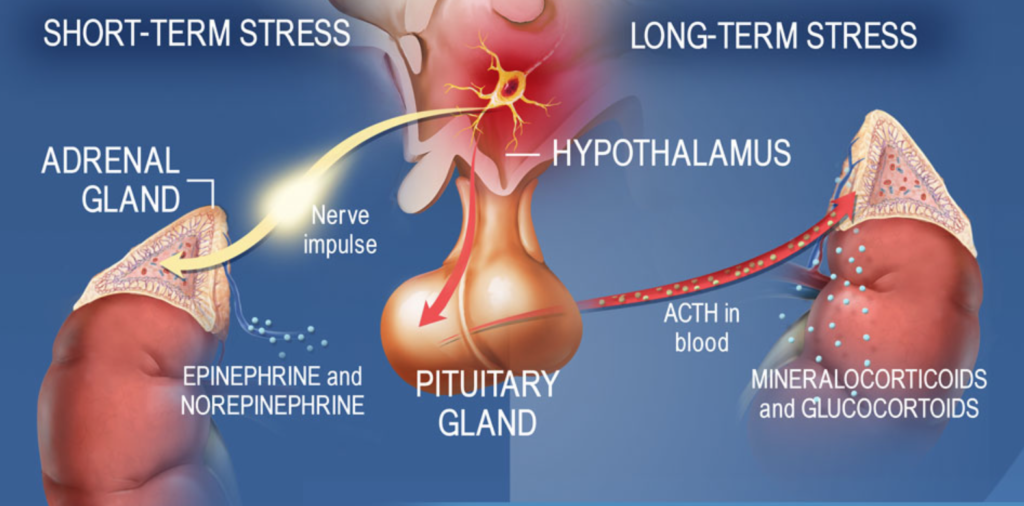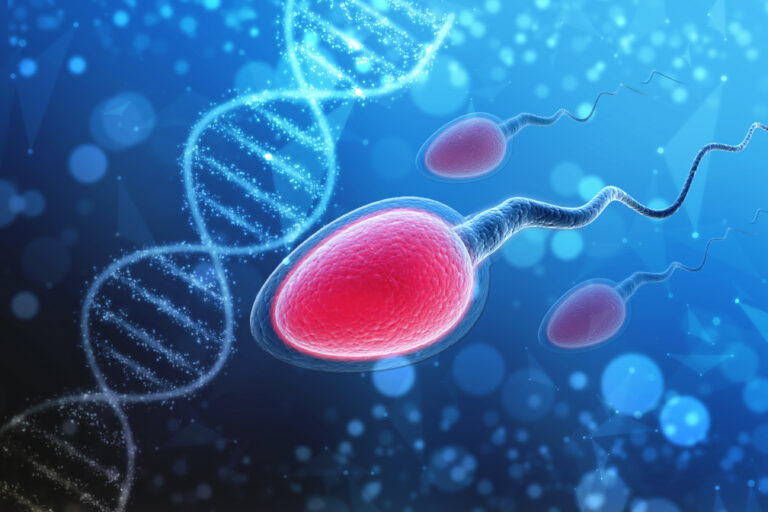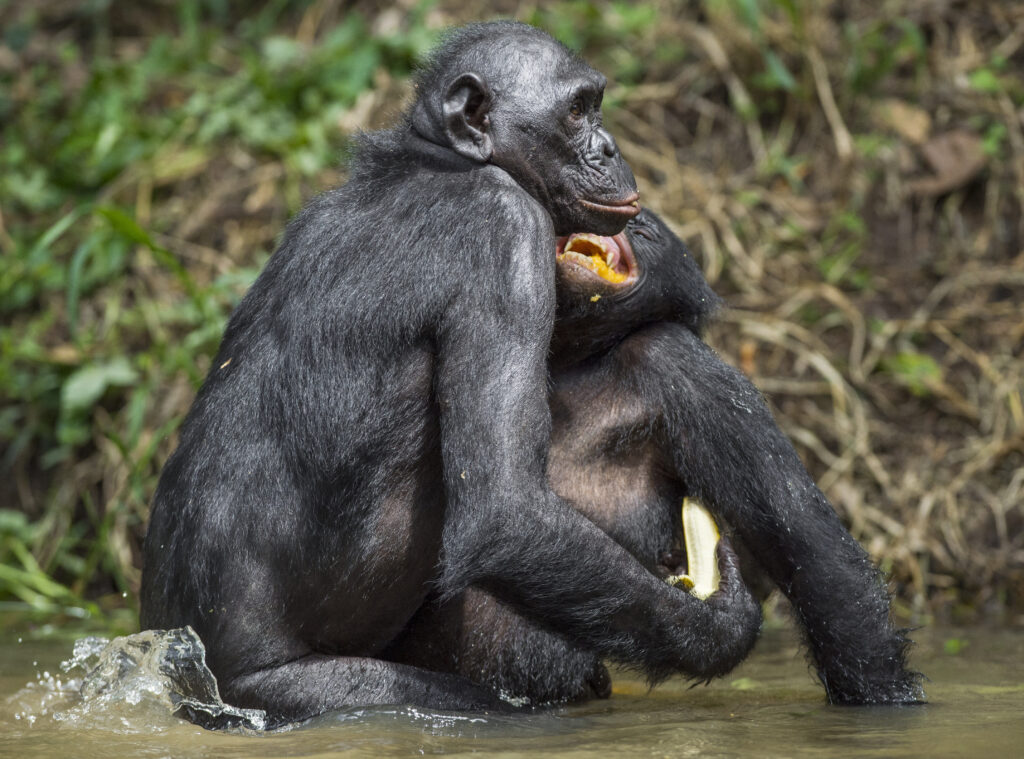Humans, like other animals, possess an instinctive reaction to threats. Called “Fight or Flight,” this term has imprinted in our psyche and likely shapes and reinforces such a reaction when we encounter a threat.
Yet recent studies show that humans and other mammals have another, equally crucial instinctive reaction to threat: “Tend and Befriend.”
Here we review how our bodies react to stress and how that reaction gets channelled into one or the other stress response. Why and how can we cultivate proficiency in both responses, and how younger generations have naturally evolved to be more balanced in their stress response.
Let's Get started:
The Discovery of our Stress Responses
Our survival, as a species, depends on us successfully responding to threats. If we react successfully to life-threatening danger, we live. If we don’t, we die.
Like other mammals, we all have built-in, instinctive threat responses. Traditionally this was described as “Fight or Flight.” A lion approaches, you size it up. Odds are you can take it down, you “Fight.” Odds are you can’t take it down, you “Flight,” you run away.
In 1932, when Walter Canon first coined the term “Fight or Flight,” most stress studies used only male participants.
It wasn’t until studies included more females that investigators realized that many women (not all), and some men ( not all), did not have the classic “Fight or Flight” response.
Their response was better described as “Tend and Befriend.”
Tend and Befriend—humanity’s other built-in stress response.
From an evolutionary perspective, this makes sense.
A lioness has a cub when a threat approaches. Fight or Flight from the threat risks the survival of her cub. She needs to “Tend” to her cub’s safety and “Befriend” a group of lionesses to work together for survival, food and encountering a threat.

How We React to Stress
Whether we are a lion/lioness or human, the chemical response to a threat is the same. Adrenalin gushes from our adrenal glands as our eyes, ears, and nose record the danger. Adrenalin courses through our bodies, making the heart pump harder, faster. All blood from the intestines gets diverted to the muscles and brain. Any undigested food in the intestines is uncontrollably released. Same with a full bladder. All resources are diverted to deal with the threat.
In the brain, various hormones, endogenous opiates and oxytocin are released in response to the threat.

Hang on!
Why is oxytocin, the “Cuddle” Hormone, released in response to the threat??? Oxytocin, the hormone that gives us that toasty, tranquil feeling when we are around people we love?
It turns out that release of oxytocin is central to our “Tend and Befriend” response.
Whether you are a lion, lioness or human, you release oxytocin in response to threats. The reason men are more “Fight or Flight” and women more “Tend and Befriend” all comes down to what’s in our chromosomes.
Why Males are more Fight or Flight
If you have a functioning Y chromosome (male), your brain is suffused from an early age with a constant stream of androgens (male hormones). Connections between your eyes, visual cortex, memory, and arousal centre strengthen. You have a more substantial visual and physical arousal to threat, and the oxytocin you release gets blunted by testosterone.

Why Females are more Tend and Befriend
If you have at least one functioning X and no Y chromosome (female), your brain is imbued with a constant stream of female hormones. Your language centre develops earlier, and the connections between both sides of the brain strengthen, letting you better ‘see’ the other side. Your response is less physical and more cerebral, and your female hormones enhance that oxytocin released with stress.

What Humans closest Relative Teach us about Stress
The common chimp lives in a patriarchal, hierarchical and territorial society. Chimps band in groups to patrol their territory and hunt down others. They are wary, hostile and aggressive to strangers, refusing to share their food with them.
There is a lot of “Fight” in the common chimp society, and for the non-alpha males and females, there is a lot of “Flight.”
Bonobos, on the other hand, are more Tend and Befriend. Rather than a strict hierarchy led by an alpha male, bonobo groups are led by ranking females and are more egalitarian and peaceful.
Bonobos tend to resolve conflict through affection rather than aggression within and between groups.
Unlike many other animals, bonobos are neither territorial nor hostile to strangers. When two bonobo groups encounter each other, they frequently share food and engage in sex.
Recent studies show that there are significant brain differences between bonobos and chimps. Bonobos have more grey matter volume in brain areas assumed to be vital for feeling empathy, anxiety and sensing distress in others. They have a thicker connection in brain areas that regulate their emotional impulses and behaviour.

Bonobos are famous for their creative and wide-ranging sexual activities. Sexual contact goes far beyond reproduction and is used for social bonding, pleasure, conflict resolution and post-conflict reconciliation. Bonobos and humans are the only primates to engage in face-to-face genital sex and to use their tongues when kissing.
How to Reduce Stress by Increasing Oxytocin
Does all that physical intimacy in Bonobos play a role in reducing hostility and aggression?
Yes, it does.
Petting a dog, cuddling a baby, sharing feelings with friends, and having intimate sex all cause oxytocin to gush through your brain.
More oxytocin leads to more bonding which leads to more oxytocin. This feedback loop reinforces your Tend and Befriend neural pathway. And, because our brains are neuroplastic, the more you practice a particular behaviour, the more that behaviour dominates your actions.

How our Hormones are Changing with current Global Threats
Studies have consistently shown that male testosterone levels have decreased by 1%/year over the last 40 years. Studies have also found higher testosterone levels in men incarcerated for violent and sexual crimes vs men incarcerated for theft, drugs and non-violent crimes. Is this lower testosterone level a bad thing, or is it providing young men with an evolutionary adaptive response to better tackle today’s global survival threats?
In an increasingly populated planet, when our threats are no longer lions but global – think Covid, Climate Change and Inequality, could lower testosterone levels provide young men with an edge in tackling global threats that require a more cooperative approach?
Less testosterone, more oxytocin gets through to Tend and Befriend. Help Tend to the survival of the next generation, Befriend all the other people on planet earth working on the the same threats as us.
Unfortunately, there is no corresponding data on changes in female hormone levels over the last 40 years.
Although more typical a female response, we all know males with more of a Tend and Befriend response as we do females with a Fight or Flight response.

Female Fight or Flight response tends to be more cerebral, less physical often displayed by “cutting down” others, maintaining dominance using words not force.
Tend and Befriend, Fight or Flight, it’s not either/or, its Yin and Yang.



